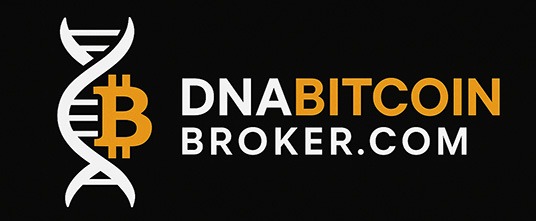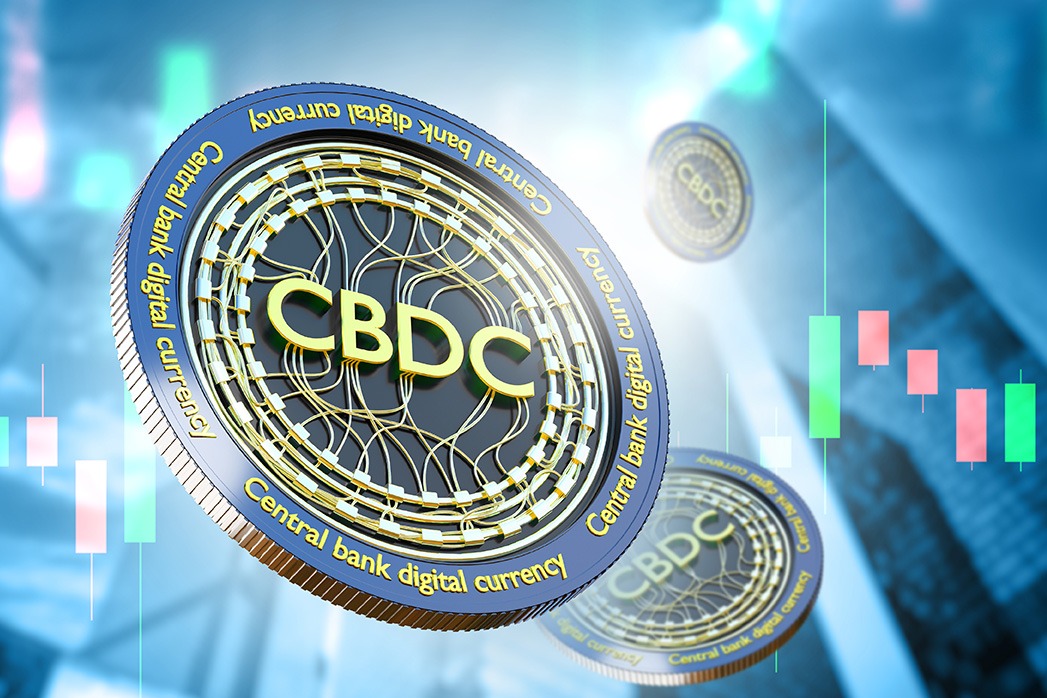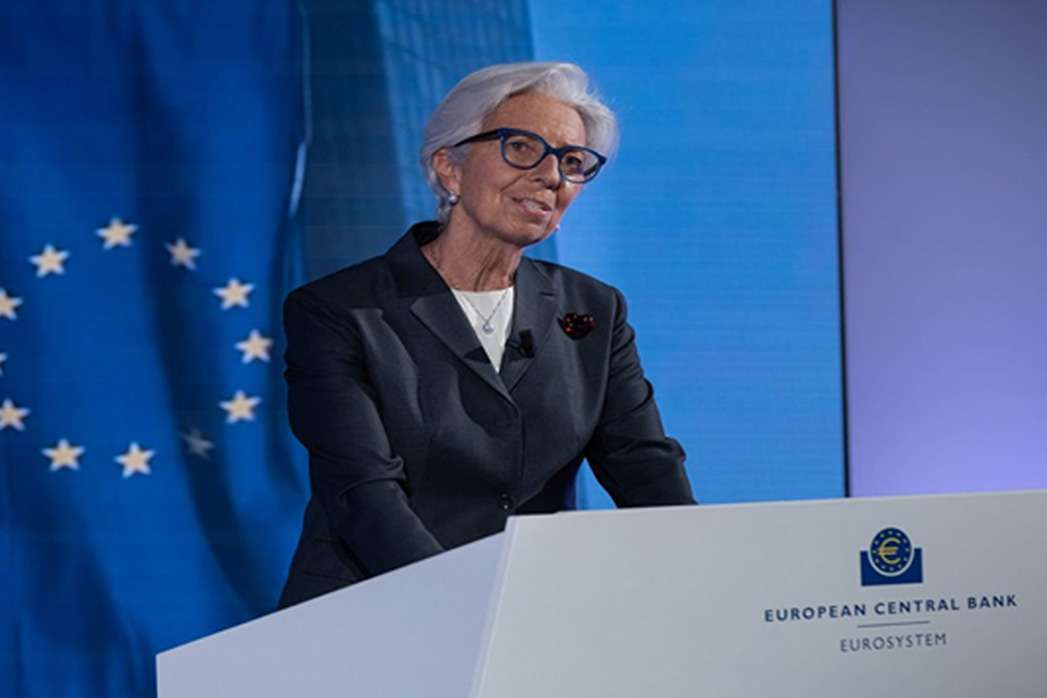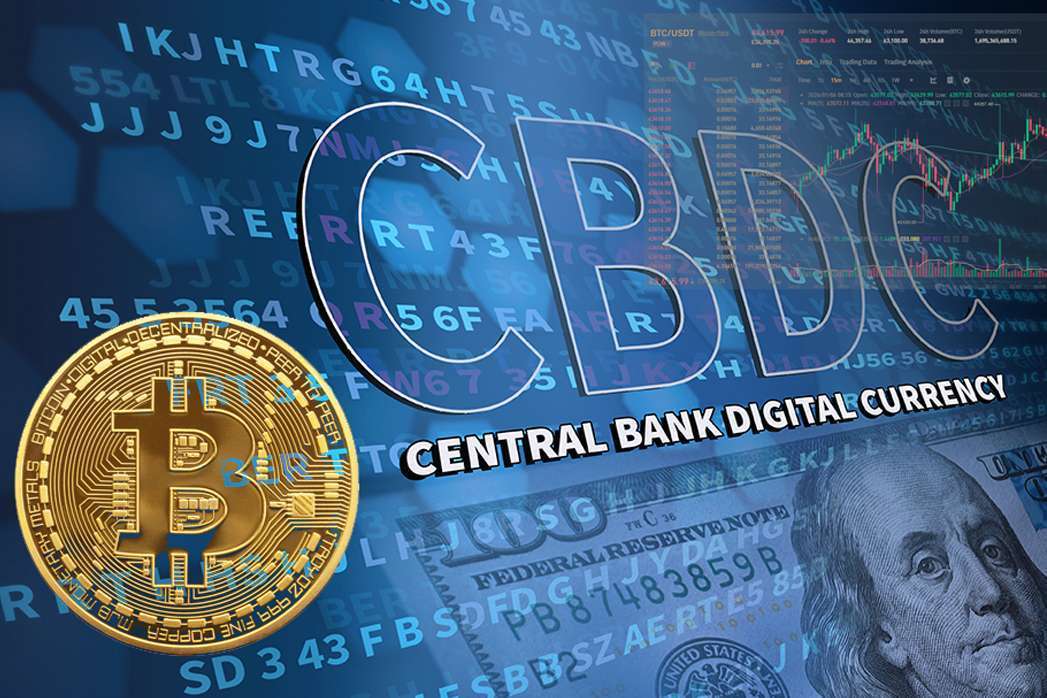CBDCs and the Private Market: Can the Digital Euro Coexist with Bitcoin?
“Digital money isn’t about replacing systems — it’s about connecting them.” – DNA Crypto Knowledge Base.
As the European Central Bank (ECB) accelerates plans for a Digital Euro, the financial world stands at a crossroads.
Central Bank Digital Currencies (CBDCs) are moving from policy theory to technical reality, while Bitcoin and decentralised assets continue to expand globally.
The question for 2025 isn’t whether the two can coexist — it’s how they will function together within a unified, regulated ecosystem.
Learn more: Digital Euro Overview
The Digital Euro: From Pilot to Policy
The Digital Euro is designed as a programmable, sovereign digital currency issued and backed by the ECB. Its primary goals are to:
-
Preserve monetary sovereignty in a digital economy
-
Improve cross-border payment efficiency
-
Provide a secure, state-backed alternative to private Stablecoins
By 2025, the ECB is expected to have completed multiple pilot programs involving retail payments, cross-border settlements, and offline usability. ECB board member Piero Cipollone confirmed the target launch window by 2029, as infrastructure moves into the implementation phase.
Notably, the ECB has reiterated that the digital euro will complement, not replace, cash, distributed through regulated intermediaries such as commercial banks and licensed payment providers.
Explore: MiCA and Investor Protections
Bitcoin: The Decentralised Counterpart
While the digital euro embodies regulation and centralisation, Bitcoin represents the opposite: decentralisation, independence, and scarcity.
Its algorithmic supply of 21 million coins and open-source nature make it an antidote to monetary inflation and policy risk.
To investors, Bitcoin serves as a store of value and inflation hedge.
To developers, it remains the foundation of decentralised finance (DeFi) — a global network operating without intermediaries.
Yet despite these differences, Bitcoin and CBDCs aren’t necessarily rivals. They represent two layers of the same financial evolution — one public, one open.
Read: What Is Bitcoin and Why It Matters
Coexistence Through Infrastructure
The key to coexistence isn’t ideology — it’s interoperability.
If the underlying infrastructure enables secure and compliant interaction, CBDCs and crypto assets can coexist, enhancing liquidity, efficiency, and inclusion.
This is where regulated brokers, custodians, and tokenisation platforms will play an essential role — ensuring both public and private digital assets operate within legal, auditable frameworks.
See: Institutional Tokenisation
DNA Crypto: Bridging the Divide
As a VASP-licensed brokerage headquartered in Poland, DNA Crypto is building the foundation for interoperability between CBDCs, Stablecoins, and decentralised assets.
Key pillars of DNA Crypto’s infrastructure include:
-
– Multi-Asset Custody: Regulated wallets capable of holding both crypto and future CBDC assets, secured through multi-signature technology.
-
– Regulatory Alignment: Full compliance with MiCA and Polish law, ensuring transparent governance.
-
– Brokerage and Settlement Services: OTC access to Bitcoin and other digital assets, alongside planned support for Digital Euro settlement.
-
– Strategic Advisory: Guidance for family offices, funds, and institutional clients exploring hybrid digital finance models.
DNA Crypto is shaping a financial bridge — one where monetary policy and decentralised innovation coexist safely under regulation.
Learn more: Crypto Custody Solutions
What It Means for Investors and Institutions
-
Diversified Liquidity:
CBDCs will provide low-risk, government-backed liquidity, while Bitcoin offers long-term asymmetrical upside. -
Regulatory Compliance:
Brokers like DNA ensure investors can engage with both asset classes while maintaining full MiCA and AML compliance. -
Strategic Positioning:
Institutions can use digital euros for payments and Bitcoin for reserves, merging utility and value preservation in a single portfolio.
Explore: Global Impact of MiCA
The Bottom Line
The digital euro and Bitcoin represent two sides of digital finance’s evolution — one defined by policy, the other by independence.
They are not competitors, but complements — together forming the architecture of tomorrow’s financial system.
DNA Crypto remains neutral, regulated, and prepared to guide institutions through this convergence — helping them embrace both sovereign digital money and open blockchain value within a single, compliant framework.
Image Source: Adobe Source
Disclaimer: This article is for informational purposes only and does not constitute legal, tax, or investment advice.












